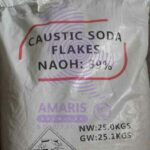
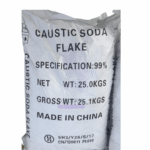
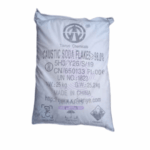


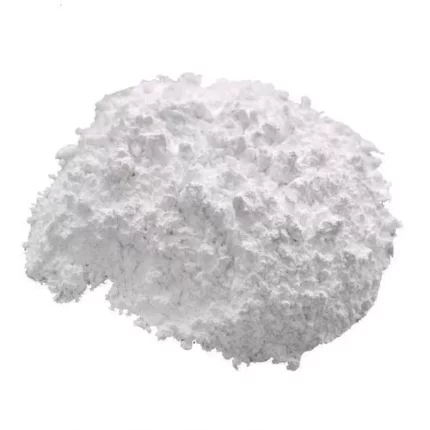
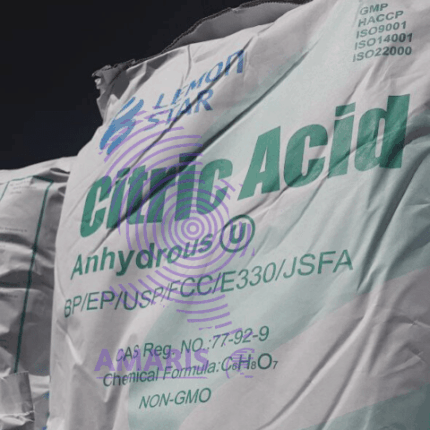
Caustic Soda Flakes
$6,500.00 Original price was: $6,500.00.$6,000.00Current price is: $6,000.00.
Caustic Soda Flakes (Sodium hydroxide,) commonly known as caustic soda or lye, is a highly caustic and alkaline compound that is used in various industries for its strong basic properties, including the production of soaps, detergents, and paper. It is a white, odorless solid that is highly soluble in water and can be extremely hazardous if not handled properly. Sodium hydroxide is a strong base that can cause severe burns and tissue damage upon contact with skin and other organic matter.
Caustic soda Flakes Uses
Primary Uses of Caustic Soda Flakes
-
Chemical Manufacturing – A key raw material in producing various chemicals, including sodium salts, detergents, and organic compounds.
-
Water Treatment – Used for pH adjustment, neutralizing acidic water, and removing heavy metals in wastewater treatment plants.
-
Pulp & Paper Industry – Essential in the Kraft process for breaking down wood into pulp and bleaching paper.
-
Soap & Detergent Production – Reacts with fats/oils in saponification to produce soap and surfactants.
-
Aluminum Production – Helps extract alumina from bauxite ore in the Bayer process.
-
Petroleum Refining – Removes acidic impurities and sulfur compounds from petroleum products.
-
Textile Industry – Used in mercerizing cotton to improve strength, luster, and dye absorption.
Secondary Uses
-
Food Industry – Used in cleaning food processing equipment, peeling fruits/vegetables, and cocoa processing (regulated for safety).
-
Biodiesel Production – Acts as a catalyst in transesterification to convert fats/oils into biodiesel.
-
Drain Cleaners – Dissolves organic blockages (hair, grease) in pipes due to its strong alkaline nature.
-
Glass Manufacturing – Helps in silicate formation for glass production.
-
Rubber & Plastic Processing – Used in vulcanization and recycling processes.
-
Pharmaceuticals – Used in synthesizing drugs like aspirin and anticoagulants.
-
Laboratory Applications – Common reagent in chemical analysis and pH regulation.
| APPEARANCE |
Flaky – Thin, layered fragments e.g., graphite flakes |
|---|---|
| AVAILABLE PACK SIZE |
25kg( Metal or Plastic Jerrycan/ Bucket, Bag, Box, Polythene bag, Carton bag) |
| COUNTRIES OF ORIGIN |
INDIA ,UAE |
1. Basic Identification Attributes
- Chemical Name:Sodium Hydroxide (IUPAC)
- Common/Trade Names:Caustic Soda, Lye, Sodium Hydrate
- CAS Number:1310-73-2
- HS Code:11.00 (Solid NaOH)
- Molecular Formula:NaOH
- Synonyms:White Caustic, Soda Lye, Ascarite
2. Physical & Chemical Properties
- Physical State:White, deliquescent flakes/pellets
- Color & Odor:Colorless (technical grade may be off-white), odorless
- Boiling Point:1,388°C (decomposes)
- Melting Point:318°C
- Density:13 g/cm³ (solid)
- Solubility:
- Exothermic dissolution in water (111 g/100 mL at 20°C)
- Soluble in ethanol, glycerol
- Insoluble in ether, non-polar solvents
- pH Level:~14 (1M aqueous solution)
- Vapor Pressure:Negligible (non-volatile)
- Flash Point:Non-flammable (but reacts violently with water/organics)
- Viscosity:78 mPa·s (50% aqueous solution at 20°C)
3. Safety & Hazard Attributes
- Hazard Class (GHS):
- Corrosive (Category 1A)
- Skin Corrosion (1B), Serious Eye Damage (1)
- NFPA Ratings:
- Health: 3(Severe)
- Flammability: 0
- Reactivity: 2(Reacts violently with water/acids)
- Exposure Limits:
- OSHA PEL:2 mg/m³ (TWA)
- ACGIH TLV:2 mg/m³ (Ceiling)
- Reactivity:
- Reacts exothermically with:
- Acids (neutralization)
- Aluminum, zinc (hydrogen gas evolution)
- Organic halides (explosive reactions)
- Reacts exothermically with:
4. Storage & Handling Attributes
- Storage Conditions:
- Airtight, dry containers (HDPE/PP recommended)
- <25°C, relative humidity <50%
- Separate from acids, metals, organics
- Incompatible Materials:
- Aluminum, tin, zinc, chlorinated solvents
- Container Type:
- Poly-lined fiber drums, HDPE bags
- Shelf Life:Indefinite if kept dry
- Special Handling:
- Mandatory PPE:
- Chemical goggles, face shield
- Rubber gloves (neoprene/nitrile)
- PVC/neoprene apron
- Ventilation:Fume hood required for powder handling
- Mandatory PPE:
5. Regulatory & Compliance Attributes
- Regulatory Status:
- EPA:Listed under Toxic Substances Control Act (TSCA)
- EU:CLP Regulation (EC) No 1272/2008
- DOT:UN1823, Class 8 (Packing Group II)
- Hazard Symbols:
- GHS05 (Corrosion)
- GHS07 (Exclamation Mark)
- Transportation Restrictions:
- Sea (IMDG):Class 8, Packing Group II
- Air (IATA):Forbidden on passenger aircraft
- Waste Disposal:
- Neutralize with dilute acid before disposal
- RCRA D002 (Corrosive Hazardous Waste)
6. Environmental & Health Impact
- Ecotoxicity:
- LC50 (Fish):40-80 mg/L (96h)
- EC50 (Daphnia):29 mg/L (48h)
- Persistence:
- Reacts with CO₂ to form Na₂CO₃ (not persistent)
Personal Protective Equipment (PPE):
- Eye Protection: Chemical goggles + face shield (mandatory)
- Skin Protection: PVC or neoprene gloves, acid/alkali-resistant apron, rubber boots
- Respiratory Protection: NIOSH-approved N95/P100 mask (for dust); full-face respirator with acid gas cartridges in poorly ventilated areas
- Clothing: Chemical-resistant coveralls (no exposed skin)
Handling & Storage:
- Store in airtight, corrosion-resistant containers (HDPE or steel)
- Keep separate from:
- Acids (violent reaction)
- Metals (Al, Zn) (produces flammable H₂ gas)
- Organic compounds (risk of combustion)
- Work in well-ventilated areas (use fume hood for large quantities)
- NEVER add water to flakes – always add flakes slowly to cold water with stirring
- Ground equipment to prevent static sparks
Special Warnings:
- Highly hygroscopic – absorbs moisture from air to form corrosive solution
- Severe corrosive risk – causes instantaneous chemical burns
- Exothermic dissolution – can boil violently if improperly mixed
Skin Contact:
- Immediately flush with flowing water for ≥30 minutes
- Remove contaminated clothing while rinsing
- Apply vinegar (5% acetic acid) or citric acid solution (1-5%) to neutralize, then rinse again
- Seek emergency medical attention immediately
Eye Contact:
- Hold eyes open and irrigate with lukewarm water for ≥60 minutes
- Use emergency eyewash station
- NEVER use chemical neutralizers in eyes
- Immediate medical attention required
Inhalation (Dust/Mist):
- Move to fresh air immediately
- If breathing is difficult, give oxygen
- Do NOT induce vomiting
- Get medical help ASAP – pulmonary edema risk
Ingestion:
- Rinse mouth with water/milk (if conscious)
- Drink 200-300mL water/milk to dilute
- NEVER induce vomiting (risk of re-exposure burns)
- Emergency hospital care required
Non-flammable, but...
Reacts violently with:
-
- Water (exothermic)
- Metals (produces explosive H₂ gas)
- Organic materials (can ignite)
Decomposition products:
Toxic sodium oxide fumes
Extinguishing Media:
- Use dry chemical (Class D) for surrounding fires
- Water spray ONLY for cooling exposed containers
- NEVER use water jets or foam directly on NaOH
Firefighter Actions:
- Full chemical protective suit + SCBA mandatory
- Evacuate area – hydrogen gas explosion risk
- Contain runoff (highly alkaline water pollution hazard)
Small Spills:
- Wear full PPE
- Neutralize with citric acid/vinegar, then absorb with vermiculite
- Dispose as hazardous waste
Large Spills:
- Evacuate 50m radius
- Contain with sand/earth dikes
- Professional HAZMAT team required
- Prevent entry into drains/waterways



 LABORATORY EQUIPMENT & APPARATUS
LABORATORY EQUIPMENT & APPARATUS
 Fertilizers
Fertilizers Plant Growth Regulators
Plant Growth Regulators Soil Conditioners
Soil Conditioners Animal Feed Additives
Animal Feed Additives Biostimulants
Biostimulants Dough Conditioners
Dough Conditioners Flour Treatments
Flour Treatments Fat Replacers
Fat Replacers Preservatives (baking)
Preservatives (baking)
 Surfactants (cleaning)
Surfactants (cleaning) Builders
Builders Bleaching Agents
Bleaching Agents Enzymes
Enzymes Solvents (cleaning)
Solvents (cleaning) Fragrances
Fragrances

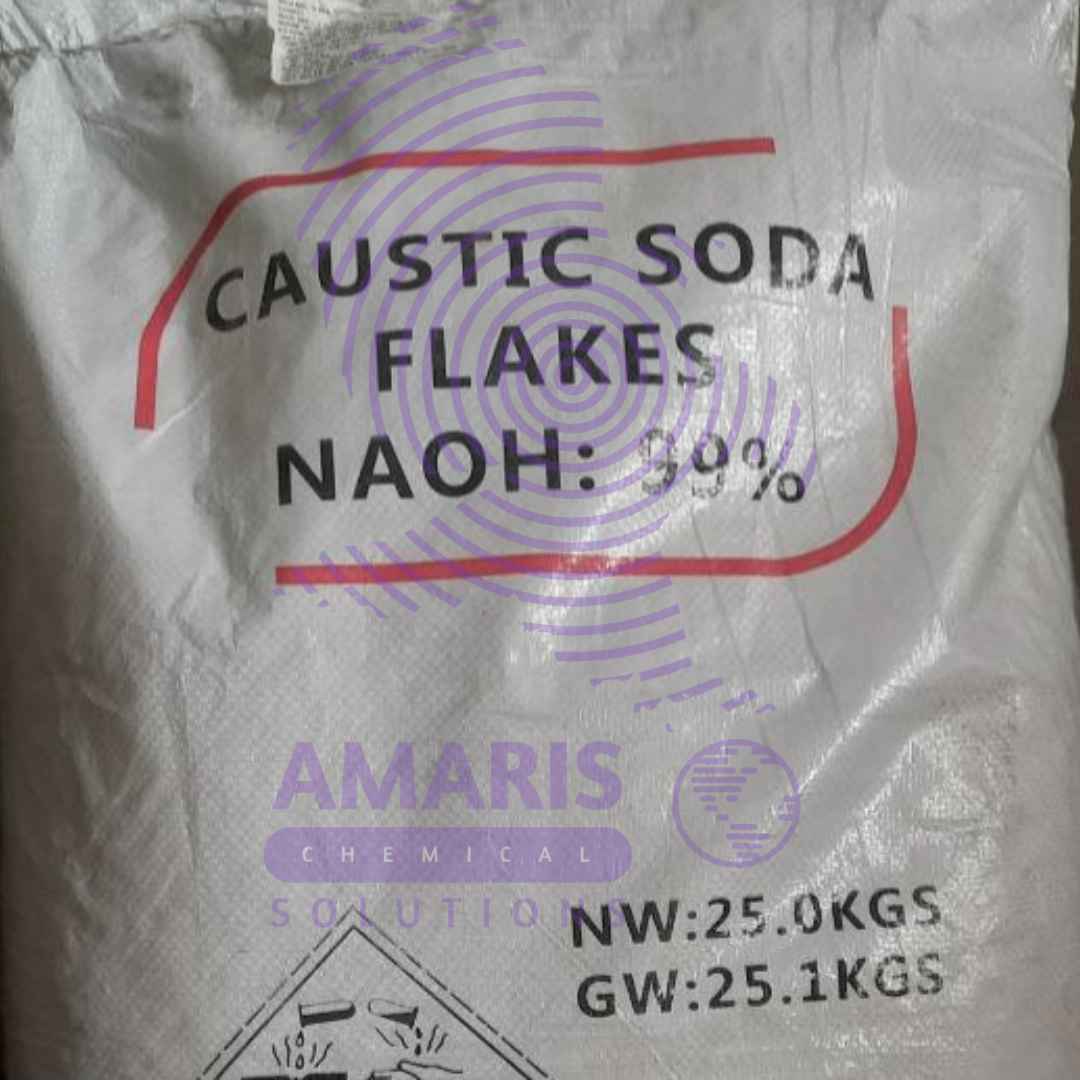

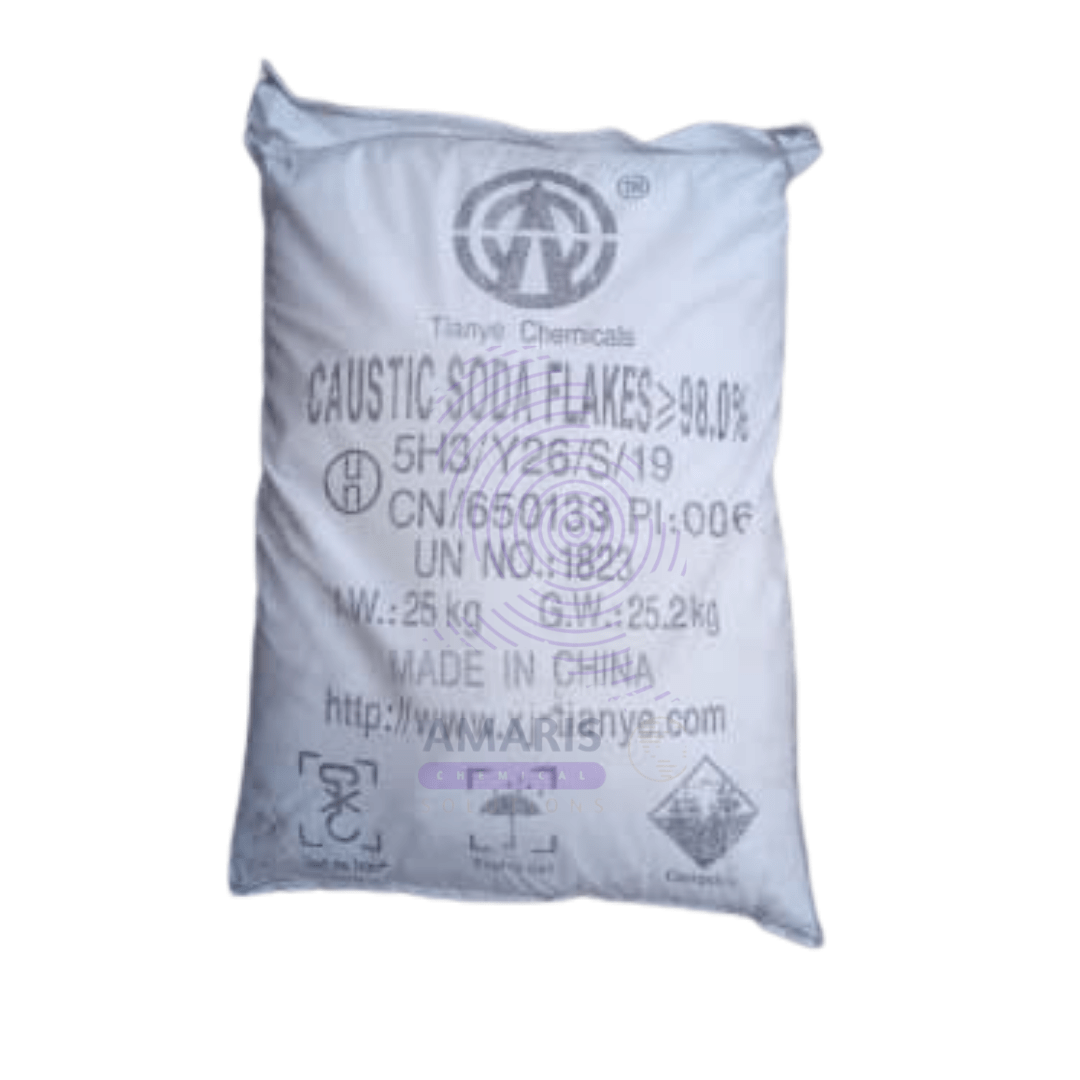
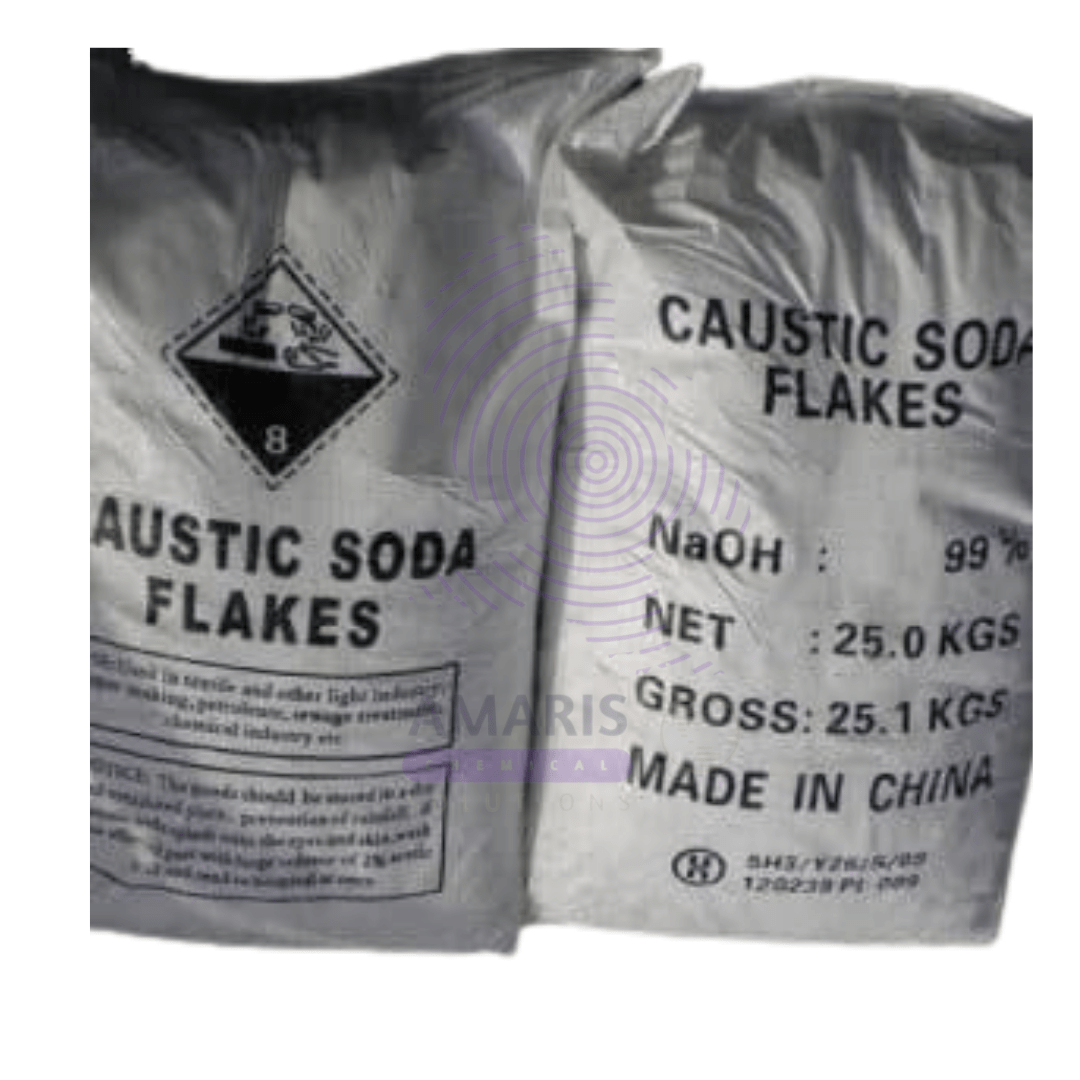

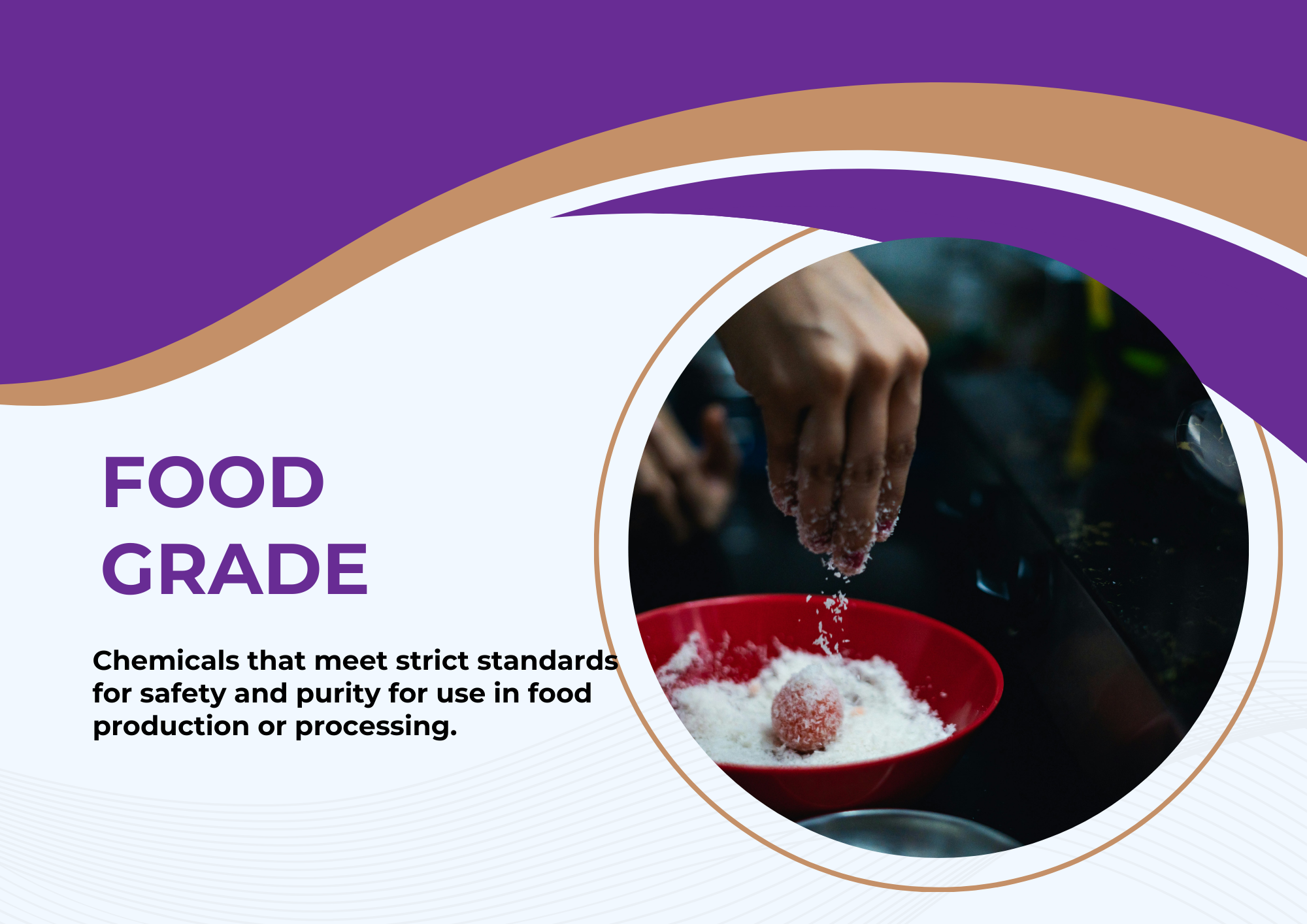


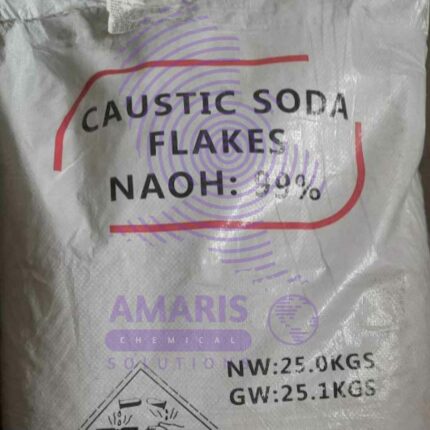
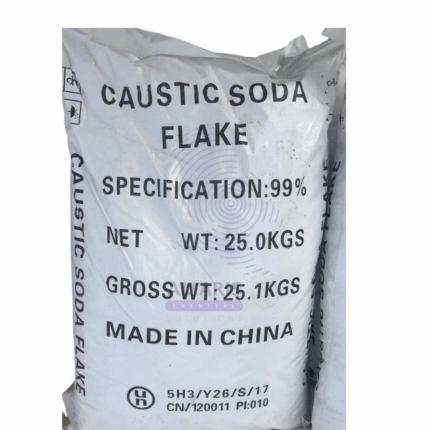
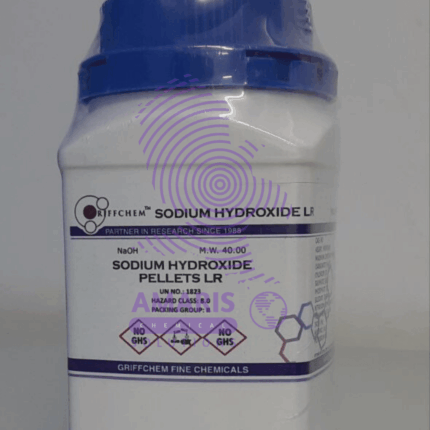



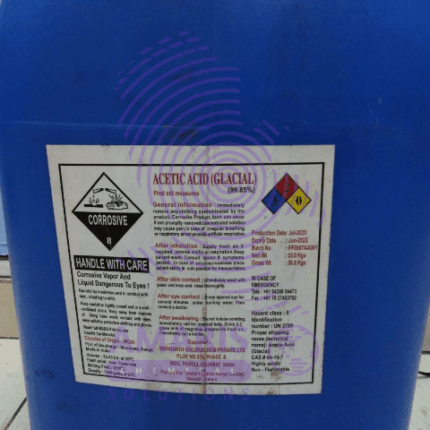
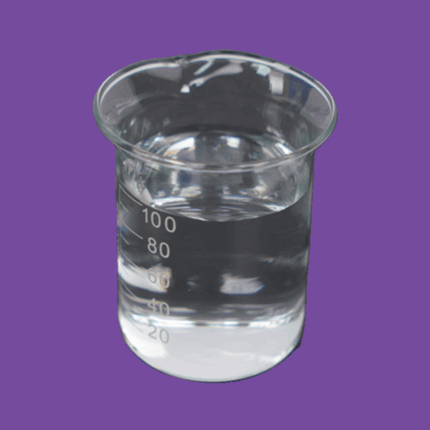
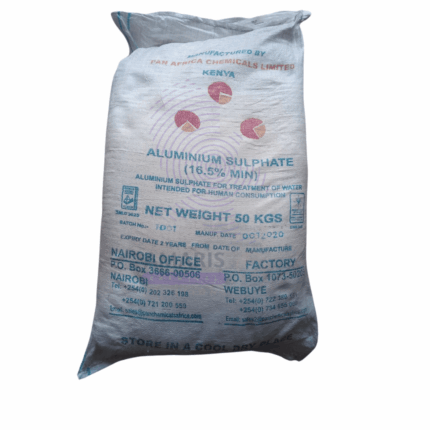
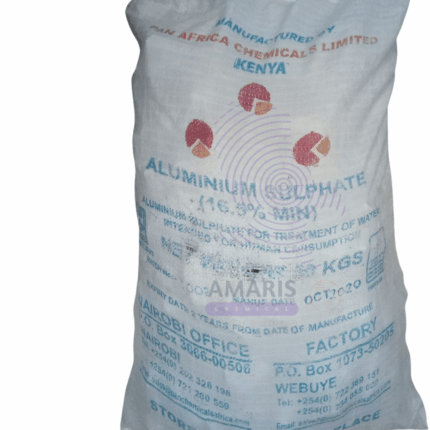
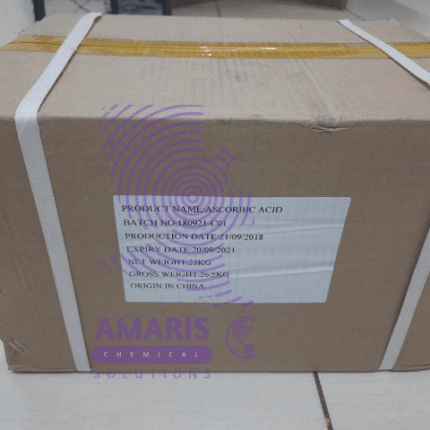
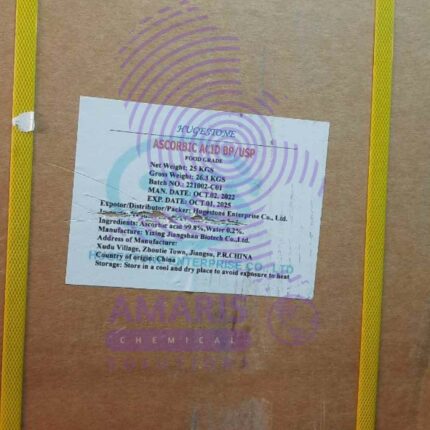
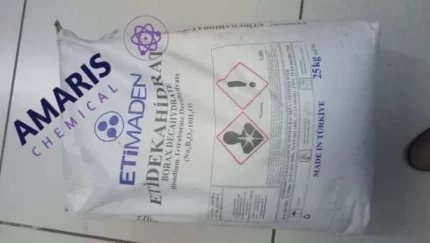
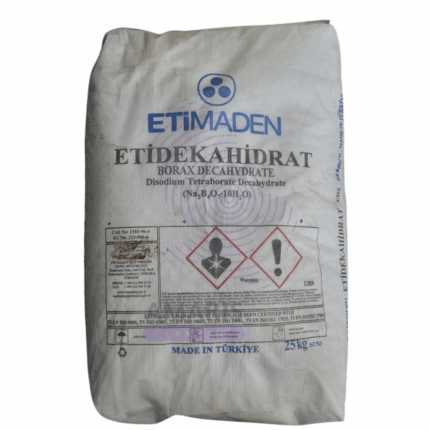

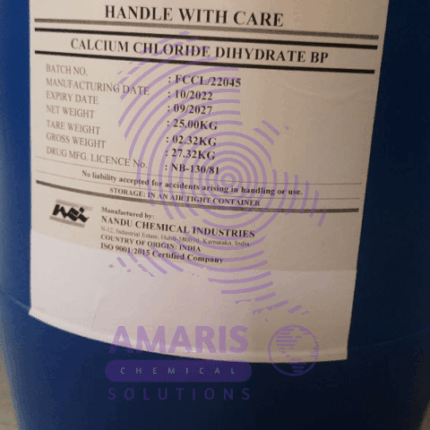
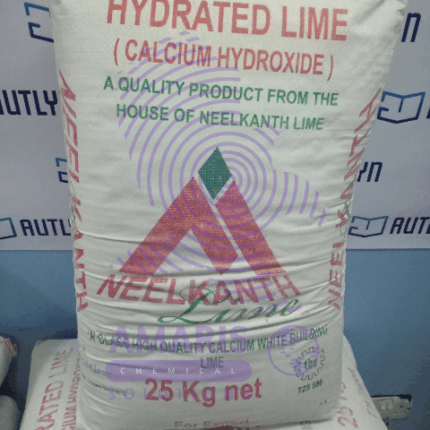
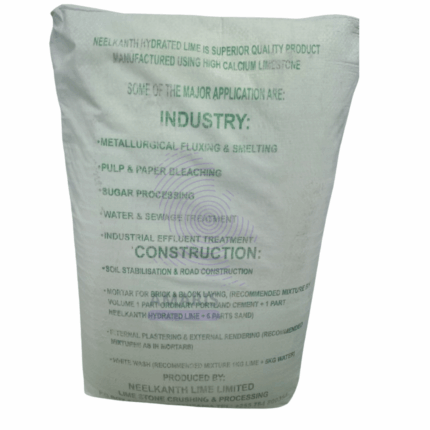

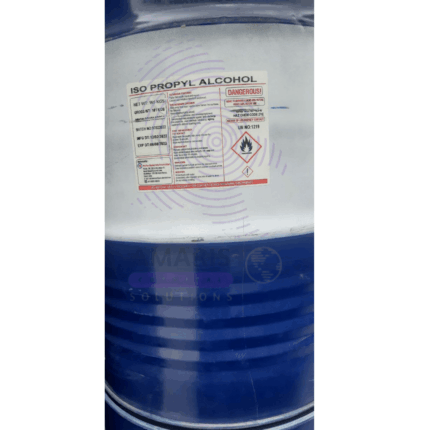













Reviews
There are no reviews yet.